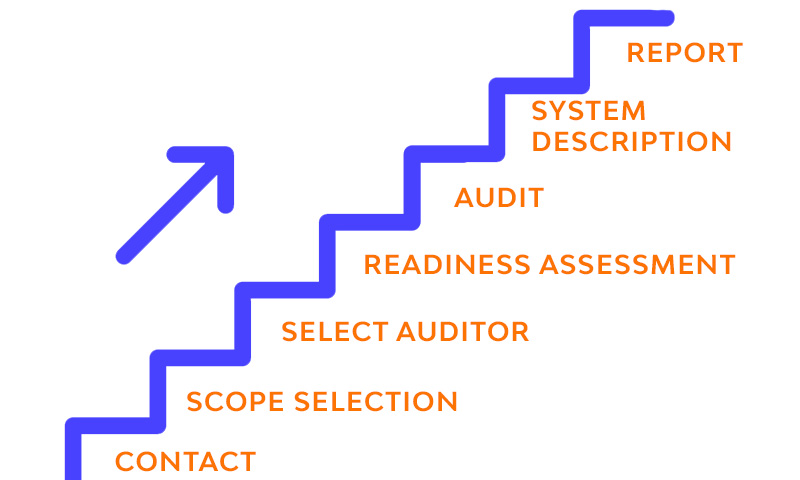A compliance audit is a systematic review and examination of an organization’s operations, procedures, and practices to ensure they adhere to applicable laws, regulations, policies, and industry standards. The purpose of a compliance audit is to assess whether the organization is complying with internal policies, legal requirements, and ethical standards.
During a compliance audit, auditors evaluate the organization’s processes, records, and controls to determine if they are effective in ensuring compliance. They assess areas such as financial reporting, data protection, employment practices, environmental regulations, health and safety standards, and any other relevant compliance requirements.
The specific steps involved in a compliance audit may vary depending on the nature of the organization and the applicable regulations. However, a typical compliance audit process includes the following steps:
- Planning: Define the scope and objectives of the audit, identify applicable regulations and standards, and develop an audit plan.
- Information gathering: Collect relevant documentation, policies, procedures, and records related to compliance. Conduct interviews with key personnel to understand processes and controls.
- Risk assessment: Identify and assess potential risks and non-compliance issues that may exist within the organization.
- Testing and analysis: Perform detailed testing of processes and controls to determine their effectiveness in ensuring compliance. This may involve sample testing, data analysis, and verification of records.
- Findings and reporting: Document any non-compliance issues, weaknesses in controls, or areas for improvement. Prepare an audit report summarizing the findings, including recommendations for remedial actions.
- Follow-up: Monitor the implementation of corrective actions and verify their effectiveness. Conduct periodic follow-up audits to ensure sustained compliance.
Compliance audits are typically conducted by internal auditors within an organization or by external auditors who are independent of the organization. The goal of a compliance audit is to identify areas of non-compliance, mitigate risks, and help the organization maintain a culture of adherence to laws and regulations.
